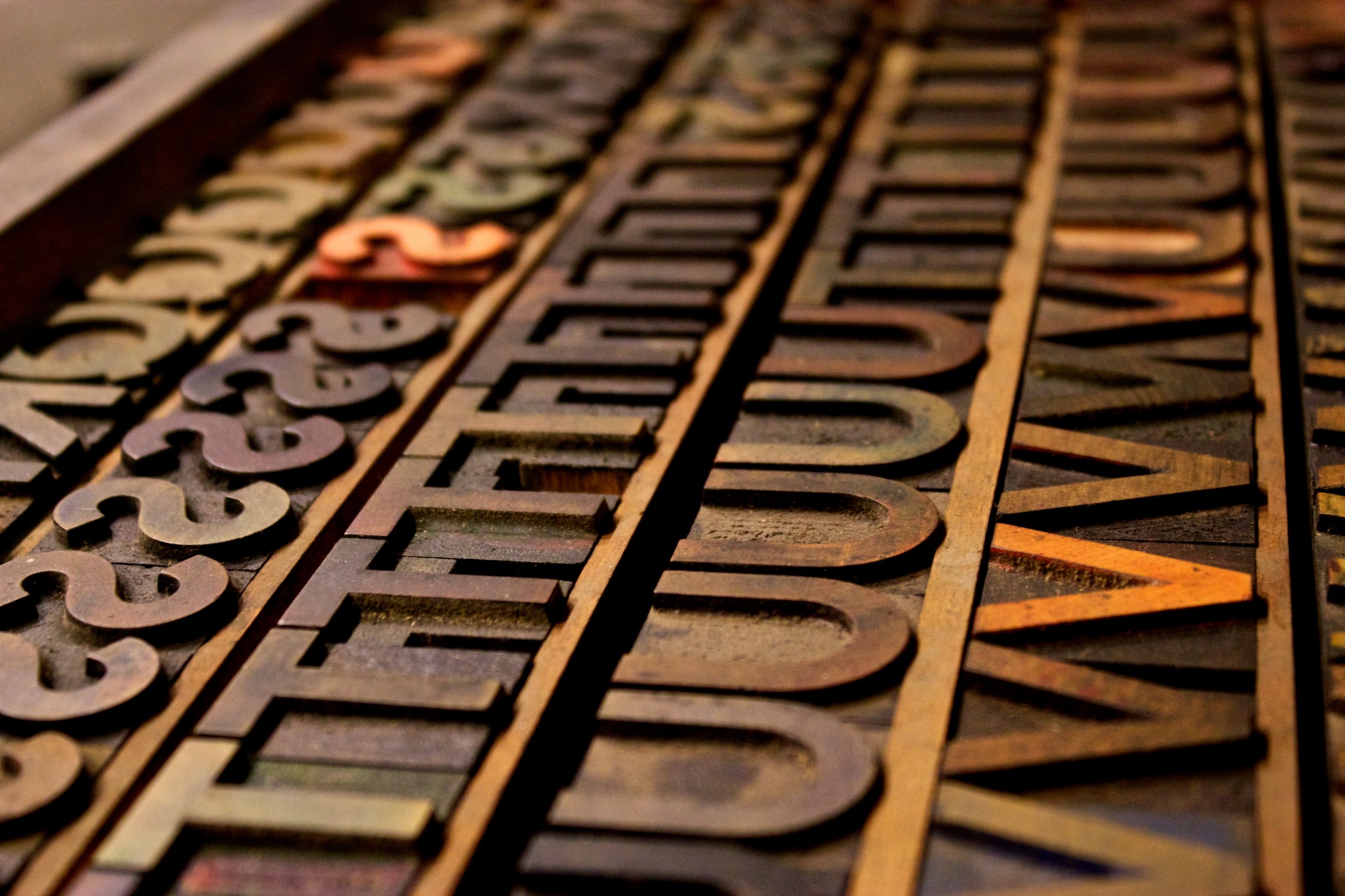WPLift has posted an excellent list of 20+ tips for Gutenberg. Here’s 5 more.
1. View your word counts
For the serious writer, word counts can be essential. In the classic editor, a simple word count was shown at the bottom of the editor window. Although no longer constantly on display, the Gutenberg solution gives you not just word counts but also information on headings, paragraphs and blocks too.
You can view this information at any time by clicking on the information symbol at the top of the editor window.

As you can see this gives the added bonus of a document outline – showing you the overall structure of the current document being edited. Here you can see it shows the title and H3 level heading.
2. Use the Spotlight Mode
The WPLift article gave details about the excellent Fullscreen Mode, but what about the Spotlight Mode, a new feature introduced for Gutenberg?
Essentially, this is the standard Gutenberg editor but all blocks, bar the one you’re currently working on, are greyed out. This is great for quickly seeing which one is currently being edited and removing other distractions.
To toggle this option, use the three dots icon in the top-right corner and then select “Spotlight Mode”.

One thing you may notice, with both Spotlight and Fullscreen modes, is that you can’t now move blocks around. I’m told this is by design.
3. Modify which Gutenberg options are shown in the editor
Similar to the “Screen Options” tab in the classic editor, and on other WordPress screens, there is an ability to modify which elements are shown on-screen.
To access, use the three dots icon in the top-right corner and then select “Options”, near the bottom of the resulting menu.


You can now use the tick-boxes to remove elements from the editor.
4. Display and navigate your post block content
Similar to the document content viewed demonstrated in the first tip, you can also see a complete breakdown of the block structure of the current document. You can also click on any to be taken directly to that block too.

5. Copy all document content
One of the differences with the block based approach is that selecting all content is more difficult, as the usual select-all keyboard shortcut, for example, will only select the current block. Thankfully, there are 3 methods to quickly achieve this…
- De-select any blocks and then press your select-all keyboard shortcut (CTRL & A in Windows or ⌘ & A on Mac)
- If you’re already within a block, use the above select-all shortcut to highlight the current block and then use it again – the entire document will now be highlighted
- Use the three dots icon in the top-right corner and then select Copy All Content from the near-bottom of the menu…


Talk to me!